Song, JW.; Ryu, H.; Bai, W. et al. Bioresorbable, wireless, and battery-free system for electrotherapy and impedance sensing at wound sites. Science Advances Feb 2023, vol. 9; eade4687 (2023). Read full article.
SUMMARY
The medical significance of diabetic foot ulcers in humans with the potential to require amputation has prompted a team at the Department of Biomedical Engineering at Northwestern University to examine use of electrotherapy to accelerate chronic wound closure. The faster an open wound can heal, the less risk of developing infection.
Electrostimulation Device Objectives
The research team’s objective was to implement an electrical stimulation device that is neither bulky nor cumbersome to use. They also desired a device that does not require removal after a period of use, thereby protecting fragile healing tissues from trauma that could result from physical removal. The device they evaluated is a bioresorbable, wireless and battery-free electrotherapy system (BES) that “mimics naturally occurring endogenous electric fields to promote healing.” One electrode sits on the wound bed while the other encircles the wound and sits on normal tissue. The electrodes of the BES—with a very thin layer of biodegradable molybdenum trioxide—can provide several weeks of electrical stimulation whereupon they undergo hydrolysis and disappear without any need for physical removal. The stretchable polymer “bandage” adheres to the tissues and operates via a miniature wireless module that is battery-free and interfaces with the electrodes. The device can also provide antimicrobials to the wound site.
Animal Applications of Electrotherapy
The BES has been tested in animal models, specifically mice with full thickness excisional dermal wounds. Mice treated with the electrical “bandage” were stimulated for 30 minutes per day until the wound fully closed. The electrostimulation device was covered with a traditional protective wound dressing. Untreated mice were bandaged with the electrodes in place but without electrostimulation. The control mice were given neither treatment nor electrodes and were only supplied with a protective dressing over their wounds.
Sensors included in the device are able to measure resistance across the wound as it heals. The mice treated with electrical stimulation experienced relative moderation of the stimulation based on biochemical sensing as to whether the wound was wet from exudate related to inflammation and proliferation or dry as further healing progressed. A dry wound, which is preferable to the healing process, reduces the current delivered from the device. Sensors relay information about the state of wound healing. The device is operable from afar via wireless near-field communication, so a practitioner is able to deliver appropriate intensity of stimulation as needed.
Wound Healing Time Comparison
In the study, electrostimulation reduced healing closure times by 30% compared to controls not receiving this treatment: Wounds that were electro-stimulated achieved 86% (+/- 10%) closure by day 15 compared to 62.6% (+/- 11%) in untreated and 66.4% (+/- 12%) in control groups. The control and untreated groups took four weeks to achieve full wound closure whereas the treated group achieved closure in less than three weeks. Epithelial thickness of the treated group was three times greater than the control and untreated groups. Electrostimulation reduced inflammation and, according to the authors, promotes “transition from the early inflammation stage to the next stage by subduing the proinflammatory response while stimulating the anti-inflammatory response.”
The electrode disappears (bioresorbs) after 35 weeks with no tissue damage, no immune response, and no toxicity. Very little molybdenum accumulates in organs and continues to dissipate over time, returning to normal within 22 weeks. Molybdenum has the potential to have bactericidal effects as it oxidizes. While to date the BES has only been used in mouse models, it shows promise for human cases, and potentially veterinary cases of refractory wound healing.
RECOMMENDATIONS
Important lessons and takeaways for the thoroughbred community from this study include:
Investment in Research and Development: Given the substantial economic and health burdens associated with diabetes mellitus and its complications, particularly diabetic foot ulcers (DFUs), there should be increased investment in research and development of innovative technologies and therapies to address these challenges. This includes exploring novel strategies such as electrotherapy systems like the one described in the article.
Clinical Adoption and Implementation: Efforts should be made to facilitate the clinical adoption and implementation of emerging technologies for wound care, such as the bioresorbable, wireless, and battery-free electrotherapy system (BES) described. This involves collaboration between researchers, healthcare providers, regulatory agencies, and industry stakeholders to streamline regulatory processes, enhance reimbursement policies, and provide training and education for healthcare professionals.
Improving Accessibility and Affordability: Despite the promising potential of advanced wound care technologies, accessibility and affordability remain significant barriers to widespread adoption, particularly for patients with limited financial resources or in underserved communities. Therefore, strategies should be developed to improve the affordability and accessibility of these technologies, such as cost-effective manufacturing processes, insurance coverage policies, and telemedicine solutions for remote patient monitoring and consultation.
Clinical Guidelines and Best Practices: The development of evidence-based clinical guidelines and best practices for the management of diabetic foot ulcers and other chronic wounds is essential to standardize care and optimize patient outcomes. These guidelines should incorporate the latest advancements in wound care technologies and therapies, including electrotherapy systems, and provide recommendations for their appropriate use based on clinical evidence and patient-specific factors.
Patient Education and Empowerment: Patient education and empowerment play a crucial role in the management of chronic conditions like diabetes and diabetic foot ulcers. Healthcare providers should prioritize patient education initiatives to increase awareness of preventive measures, early detection signs, and treatment options for diabetic foot ulcers. Additionally, patients should be empowered to actively participate in their wound care management, including the use of innovative technologies like the BES, through education, training, and ongoing support programs.



